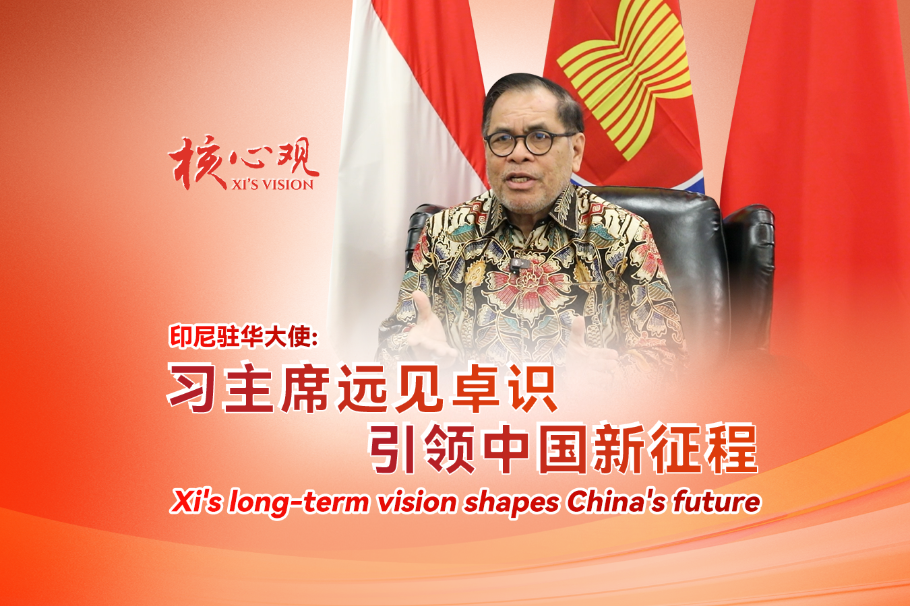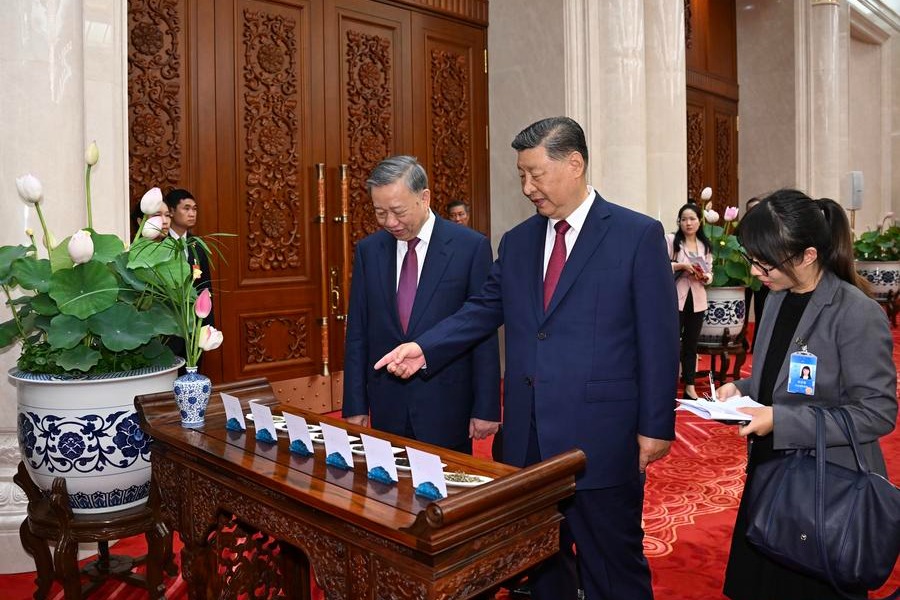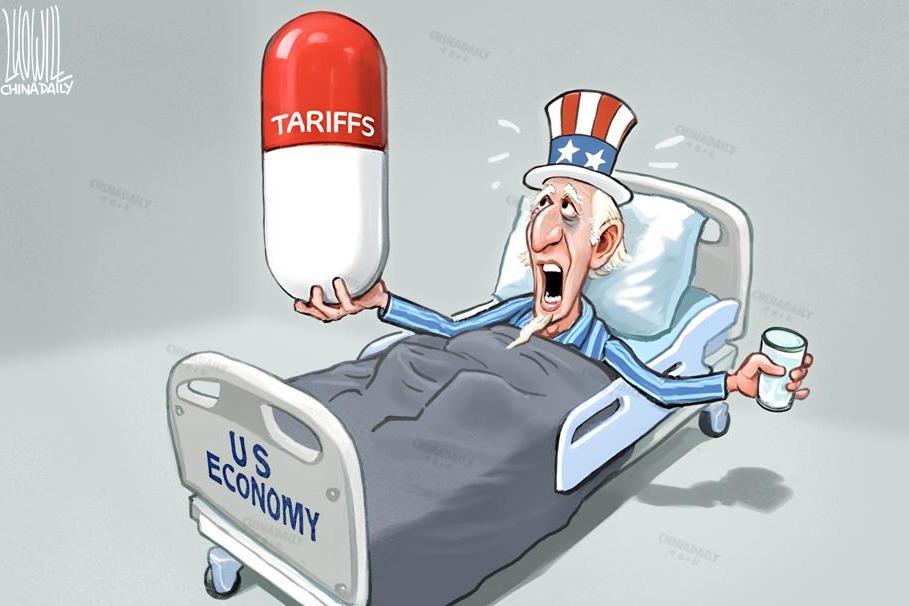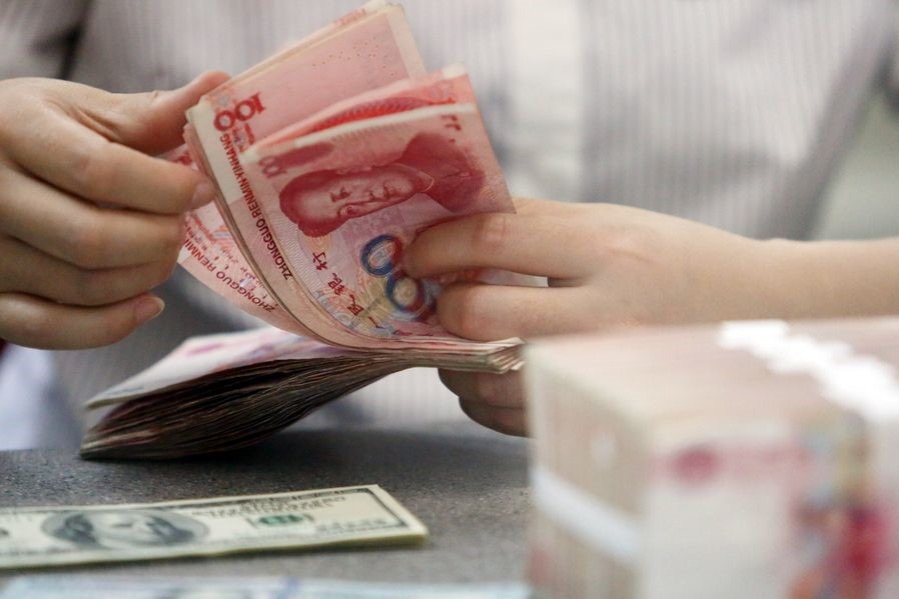Partnership of promise

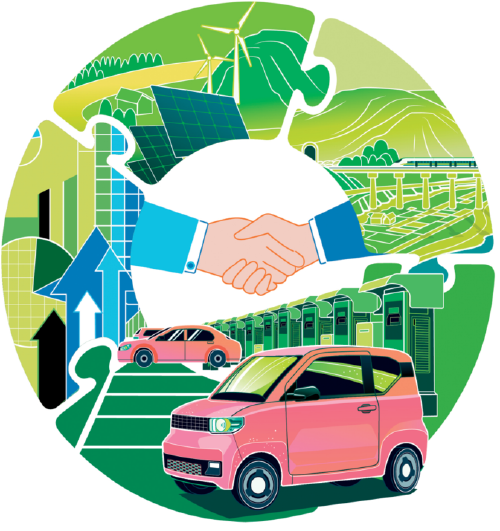
Climate finance and green technology transfer represent pivotal areas for China-Peru cooperation
China and Peru have great potential for collaborating on green technology and climate finance.
China has made remarkable strides in developing and deploying green technologies. In 2023, it became the world's largest investor in renewable energy, allocating over $100 billion annually to clean energy projects. The country leads in solar power production, wind energy capacity and electric vehicle manufacturing, accounting for more than 30 percent of global renewable energy capacity, according to the International Renewable Energy Agency. China's progress includes advancements in energy storage, carbon capture and storage, smart grid technologies, and EVs. These efforts have reduced China's carbon footprint and established a thriving green technology industry. China's carbon neutrality goal before 2060 aligns with the Paris Agreement, and highlights its potential as a global climate leader.
Peru is committed to carbon neutrality by 2050 and plays a critical role in preserving the Amazon rainforest, essential for global biodiversity and climate regulation. However, it faces challenges such as deforestation, air pollution and limited energy access in rural areas. Despite these obstacles, progress has been made, about 60 percent of Peru's electricity came from renewable sources in 2023, mostly hydroelectric power. However, Peru enjoys vast untapped potential in solar and wind energy. China's expertise in clean energy technologies offers sustainable solutions to these challenges and can help accelerate Peru's energy transition.
China's renewable energy capabilities present significant opportunities for Peru. Vast areas such as the Atacama Desert and the Andean mountains are ideal for solar and wind energy generation. Chinese expertise in renewable technologies and energy storage can help Peru transition faster. Moreover, smart grid technology from China could modernize Peru's energy infrastructure, reducing energy losses and enhancing efficiency. Joint ventures, research collaborations, and investments would reduce renewable energy project costs and increase production capacity. China is also a global leader in EV technology. In 2023, it accounted for more than half of global EV sales. Chinese EV technologies could help Peru address transportation challenges, especially in urban centers such as Lima, where air pollution and traffic congestion are prevalent. Sustainable transport infrastructure, including electric buses and charging networks, would cut emissions, improve air quality, and foster economic opportunities in Peru's EV sector.
Peru faces significant financial constraints in achieving its climate goals. Developing countries require up to $3 trillion annually in climate finance, according to the Global Environment Facility. China's expertise in green financing could help narrow this gap. Through mechanisms such as the Belt and Road Initiative, green bonds, concessional loans, and support from the Asian Infrastructure Investment Bank, China can provide Peru with resources to fund renewable energy, sustainable agriculture, and forest conservation. These initiatives align with China's focus on green infrastructure and sustainable development, helping Peru transition to a low-carbon economy.
To fully realize the potential of this partnership, several strategic policy actions are necessary.
First, establishing bilateral platforms for the transfer of green technology is crucial. These platforms could focus on renewable energy, carbon capture and storage, and sustainable agriculture, facilitating joint research, capacity building, and technology demonstrations. Tailored to Peru's needs, these collaborations would enhance knowledge exchange and innovation.
Second, both countries should leverage multilateral financing institutions such as the Green Climate Fund and AIIB. China's experience in funding large-scale green projects can help Peru access necessary resources for renewable energy development and climate adaptation. Green bonds and sustainable investment funds could back ambitious initiatives such as solar and wind farms or urban electrification projects.
Third, aligning regulatory frameworks would facilitate green technology deployment. Peru could adopt policies similar to China's, such as tax credits and incentives for renewable energy, to attract investments. Harmonizing regulations governing environmental standards would further promote innovation and ensure environmental integrity.
Fourth, public-private partnerships are essential for scaling green technologies. Drawing from China's experience, Peru could foster long-term collaborations with Chinese companies in renewable energy, sustainable agriculture, and green transportation sectors. Financial instruments such as green bonds would provide new avenues for financing large-scale projects, accelerating Peru's green transformation.
Last, building skilled human capital is vital for implementing green technologies effectively. It would prepare a workforce capable of driving the green transition while fostering collaboration between Chinese and Peruvian professionals.
The growing urgency of climate action presents both a challenge and an opportunity. By deepening cooperation in climate finance and green technology transfer, China and Peru can achieve their ambitious climate goals while fostering sustainable growth. China's leadership in green technologies and Peru's commitment to environmental preservation make this partnership extremely promising. Aligning policies, leveraging multilateral financing, and creating a collaborative framework for technology transfer will position China and Peru as leaders in the global green economy. This cooperation extends beyond climate action, laying the foundation for innovation, resilience, and long-term prosperity. Together, China and Peru can chart a sustainable and prosperous future for generations to come.
Lu Jiajun is a researcher at Academy of Financial Research and an assistant professor at Zhejiang University International Business School. Ben Shenglin is the dean and professor at Zhejiang University International Business School. The authors contributed this article to China Watch, a think tank powered by China Daily.
The views do not necessarily reflect those of China Daily.
Contact the editor at [email protected].



















